Replacing Grass, in Colorado (south Denver)
penaddict
15 years ago
Related Stories

GREAT HOME PROJECTSHow to Replace Your Lawn With a Garden
New project for a new year: Lose the turfgrass for energy savings, wildlife friendliness and lower maintenance
Full Story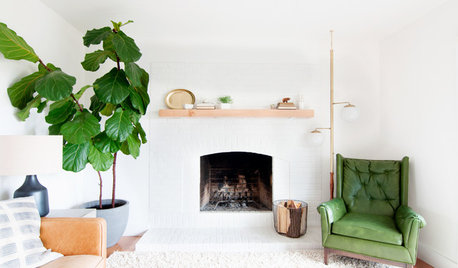
MY HOUZZMy Houzz: Organic Minimalism in a Denver Redo
Before and After: Avid DIY-ers bring a 1970s home back to life with midcentury and bohemian decor
Full Story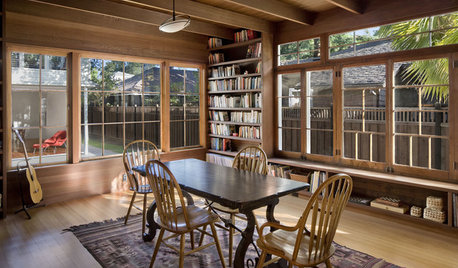
REMODELING GUIDESReplace vs. Restore: The Great Window Debate
Deciding what to do with windows in disrepair isn't easy. This insight on the pros and cons of window replacement or restoration can help
Full Story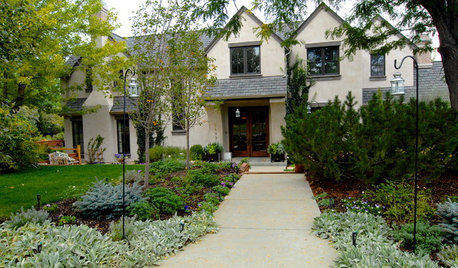
HOUZZ TOURSMy Houzz: European Country Style in Colorado
Defying a challenging lot, height restrictions and a short time frame, a couple builds a stunning home and backyard space for their family
Full Story
GRASSES10 Ways to Use Ornamental Grasses in the Landscape
These low-maintenance plants can add beauty, texture and privacy to any size garden
Full Story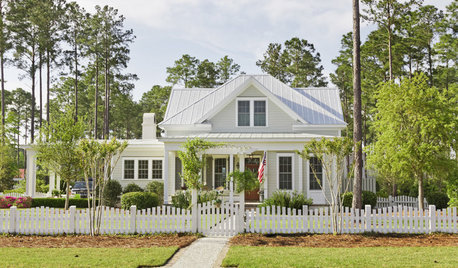
HOUZZ TOURSMy Houzz: A Storybook Cottage in South Carolina
Whimsy and color rule in this children’s book author’s home
Full Story
MOST POPULARMeet a Lawn Alternative That Works Wonders
Carex can replace turfgrass in any spot, is low maintenance and adjusts easily. Add its good looks and you’ve got a ground cover winner
Full Story
GREAT HOME PROJECTSHow to Give Your Driveway and Front Walk More Curb Appeal
Prevent injuries and tire damage while making a great first impression by replacing or repairing front paths
Full Story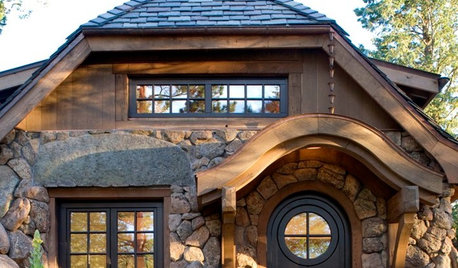
HOUZZ TOURSDiscover a Hobbit House Fit for Bilbo Baggins
Part art studio, part guesthouse and all charm, this imaginative Colorado cottage looks like it grew right out of the earth
Full Story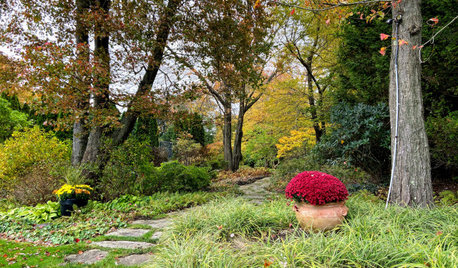
GARDENING GUIDES4 Elements of a Stunning Fall Garden
Late summer is a good time to look beyond trees to create an autumn landscape that draws the eye and stirs the soul
Full StoryMore Discussions








bpgreen
penaddictOriginal Author
Related Professionals
Edmond Landscape Architects & Landscape Designers · Montgomeryville Landscape Architects & Landscape Designers · Wareham Landscape Architects & Landscape Designers · Roxbury Crossing Landscape Architects & Landscape Designers · Wake Forest Landscape Contractors · Fountain Valley Landscape Contractors · Hilo Landscape Contractors · New Brighton Landscape Contractors · Pomona Landscape Contractors · San Carlos Park Landscape Contractors · South Farmingdale Landscape Contractors · Quartz Hill Landscape Contractors · Vadnais Heights Landscape Contractors · Cooper City Swimming Pool Builders · Glenvar Heights Swimming Pool Buildersbpgreen
penaddictOriginal Author
bpgreen
biglumber